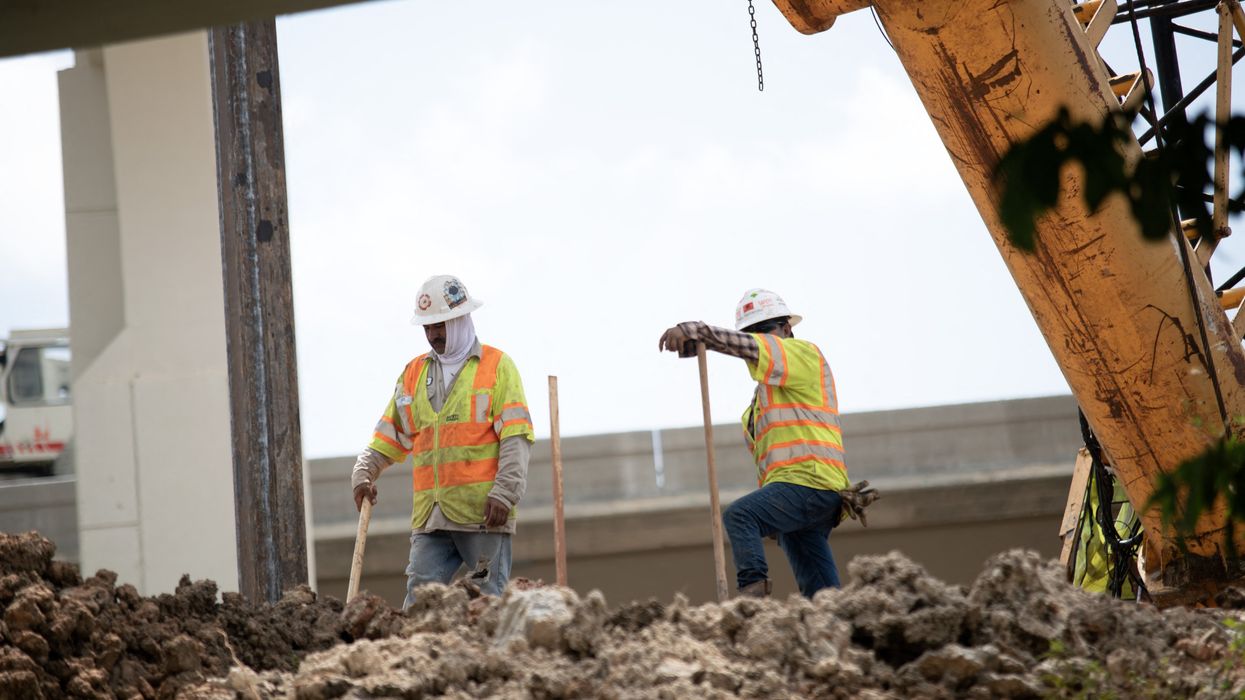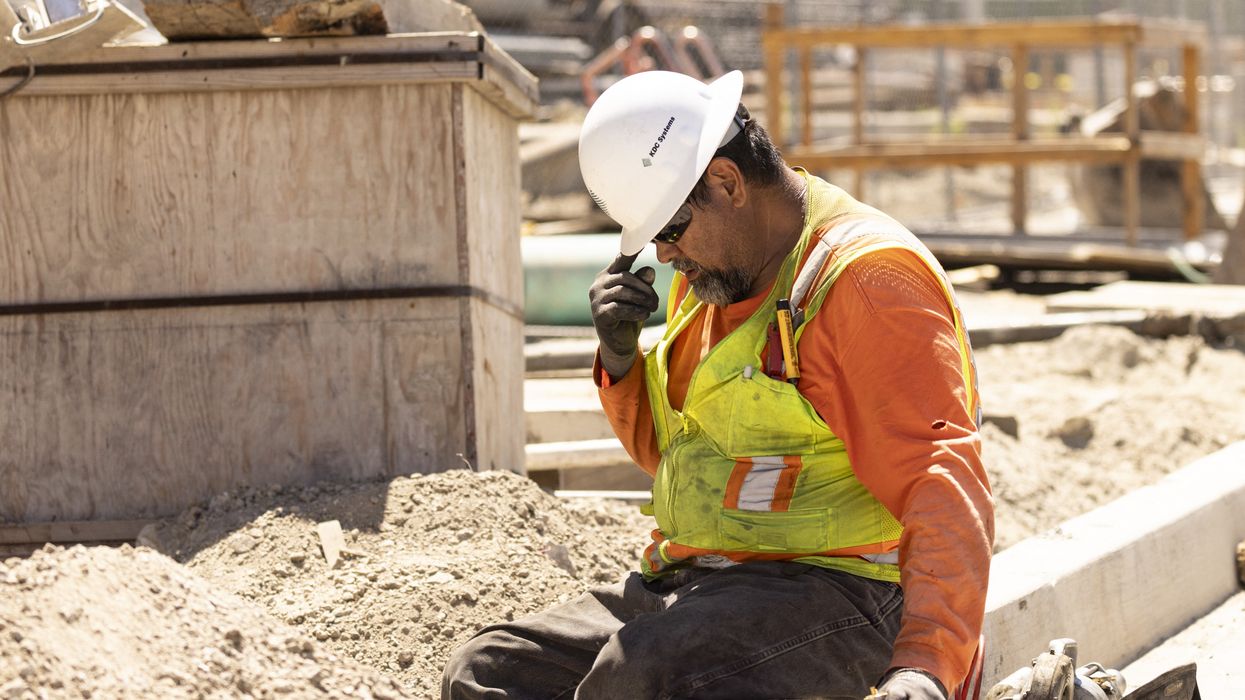Trump’s Climate Policies Could Cause Mass Death of Global Poor, Analysis Warns
"These are people with lives," said a spokesperson for the US Climate Action Network. "They are people like us, even if they happen to live in a different part of the world."
As he skips out on this year’s annual climate summit in Brazil to the chagrin of world leaders, a new analysis shows that President Donald Trump’s climate agenda will cause a massive increase in excess deaths in the poor nations least equipped to deal with—and least responsible for—rising temperatures.
The analysis, published Wednesday by The Guardian and ProPublica, found that the emissions released over the next decade due to Trump's acceleration of fossil fuel usage, combined with his killing of renewable energy, will result in an estimated 1.3 million more preventable heat-related deaths worldwide over the next 80 years.
Most of them will occur in poor, hot countries in Africa and South Asia, which the report notes "emitted relatively little of the pollution that causes climate change," but "are least prepared to cope with the increasing heat." On the contrary, the US, which has just 4% of the world's population, has emitted around 20% of the world's greenhouse gases.
The estimate of excess deaths is based on a widely recognized peer-reviewed metric known as the "mortality cost of carbon," which finds that every 4,434 metric tons of greenhouse gas released into the atmosphere translates to about one additional excess death. Notably, that metric only includes direct temperature-related deaths from conditions like heat stroke, while not taking into account indirect deaths from drought, famine, disease, wildfires, and other disasters that climate change is worsening.
An analysis from Carbon Brief, based on modeling from Princeton University, found that an additional 7 billion metric tonnes of carbon—roughly the equivalent of Indonesia, the world’s sixth-largest emitter—will be released through 2030 as a result of Trump’s policy actions. These have included the shredding of pollution regulations; the near-total elimination of investment in wind, solar, and electric vehicles; and the dramatic expansion of oil and coal extraction.
As the rest of the world makes great strides toward a renewable future, the global Climate Action Tracker says Trump is carrying out “the most aggressive, comprehensive, and consequential climate policy rollback” it has ever analyzed.
"We are quickly emerging as the planet’s rogue nation, determined to deny climate and slow the energy transition as best we can," wrote environmental journalist Bill McKibben last month in Common Dreams.
The new analysis follows research published last month by the University College of London, which found that the climate crisis has already led to a huge spike in excess deaths. An average of more than half a million preventable heat-related deaths occurred globally each year between 2012 and 2021, a 23% increase since the 1990s.
While still an unfathomable loss of life, the 1.3 million projected to die as a result of Trump's climate policies are a drop in the bucket on top of the 83 million excess deaths that the mortality metric predicts if emissions continue at the same rate.
“The sheer numbers are horrifying,” Ife Kilimanjaro, executive director of the non-profit US Climate Action Network, told The Guardian and ProPublica. "But for us, they’re more than numbers. These are people with lives, with families, with hopes and dreams. They are people like us, even if they happen to live in a different part of the world."
The report comes amid the United Nations Climate Change Conference (COP30) in Belém, Brazil, which the US was one of only four nations in the world to skip, drawing condemnation from numerous world leaders.
One of them was Maina Vakafua Talia, the climate envoy from Tuvalu, the small Pacific island nation that is expected to be one of the first countries to become uninhabitable due to sea level rise and fiercer storms, and has already begun planning for mass evacuations over the next two decades. Trump's pullout from the Paris Climate Accords, he said, demonstrated a “shameful disregard for the rest of the world."
But while the brunt of the climate emergency will be felt by the Global South, Americans will not be spared. Annual deaths from heat in the US have already increased by 50% since the year 2000, according to a recent Yale University study. A Texas A&M University study from 2023 projected that if global temperatures exceed 3°C above preindustrial levels, an additional 200,000 Americans could die annually due to changes that cause both hot and cold temperatures to become more extreme.
In an interview at COP30 with Amy Goodman of Democracy Now!, Dutch climate envoy Prince Jaime de Bourbon de Parme likened Trump's denial of the climate emergency to ignoring an illness.
"If I’m sick, and I take my temperature, and I’ve got facts and figures that I’m sick, I can ignore it or not," he said. "So, it’s up to him to listen to the doctor or not. But it’s wise to listen to the facts. The science tells the story. I’m not telling it. It’s not my opinion. It’s just listening to the experts that tell us that climate is a fact."
The Guardian and ProPublica analysis came a day after the Brazilian COP30 Presidency released a draft text that campaigners warned did not go far enough in demanding a roadmap to transitioning away from fossil fuels. More than 80 countries at the conference on Tuesday joined a call for leaders to include tangible metrics and plans for the transition in the summit's final agreement.



